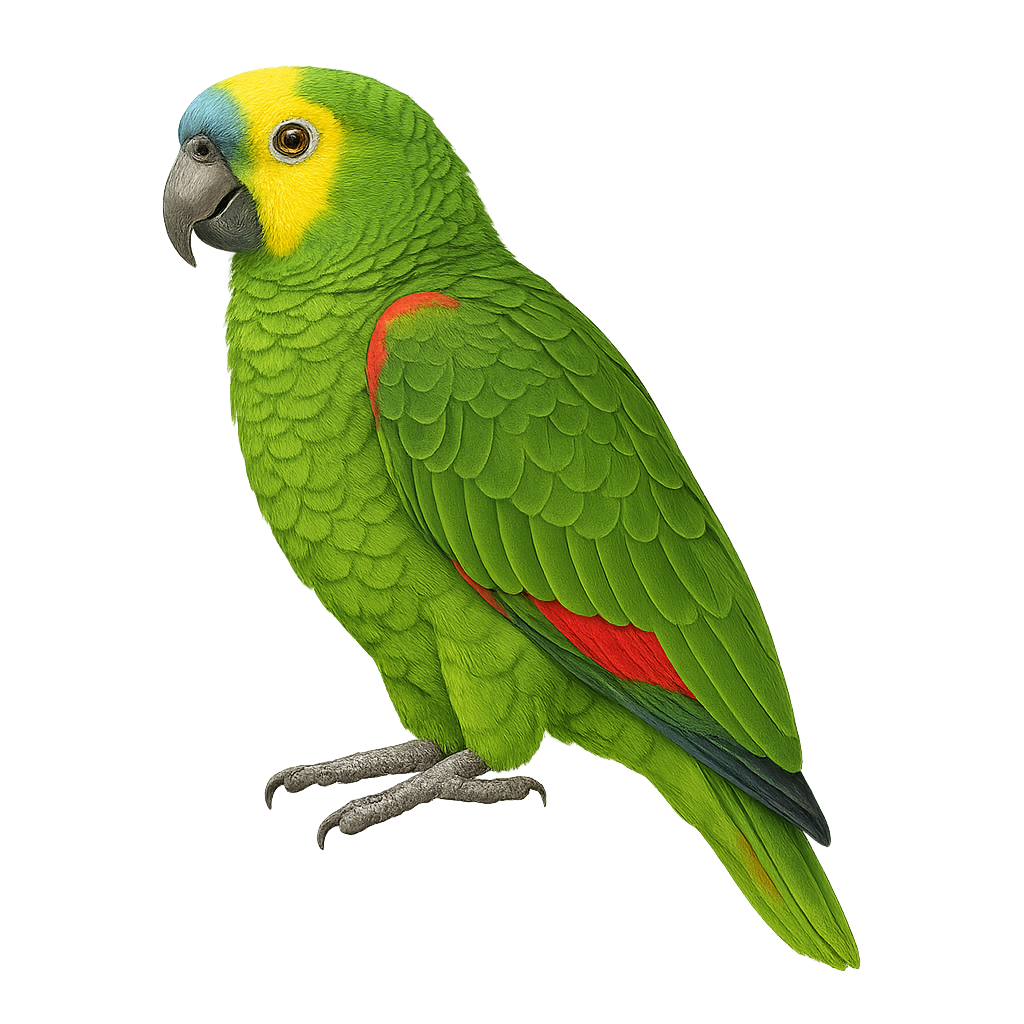Your wildlife photography guide.
Explore the blue-fronted amazon in detail, study its behavior, prepare your shots.
Where to observe and photograph the blue-fronted amazon in the wild
Learn where and when to spot the blue-fronted amazon in the wild, how to identify the species based on distinctive features, and what natural environments it inhabits. The WildlifePhotographer app offers tailored photography tips that reflect the blue-fronted amazon’s behavior, helping you capture better wildlife images. Explore the full species profile for key information including description, habitat, active periods, and approach techniques.
Blue-fronted Amazon
Scientific name: Amazona aestiva

IUCN Status: Least Concern
Family: PSITTACIDAE
Group: Birds
Sensitivity to human approach: Tolerant
Minimum approach distance: 5 m
Courtship display: September to December
Incubation: 26-28 jours
Hatchings: September to January
Habitat:
Tropical forests, savannas, wooded areas
Activity period :
Primarily active during the day, with peak activity in the morning and late afternoon.
Identification and description:
The Blue-fronted Amazon is a medium-sized parrot, measuring about 38 to 40 cm in length. Its plumage is primarily green, with shades of blue on the forehead and yellow patches around the eyes and cheeks. The wings feature red and blue feathers, adding a vibrant touch. Native to South America, it is mainly found in Brazil, Bolivia, Paraguay, and Argentina. It inhabits various environments, from tropical forests to open savannas. Sociable and intelligent, this parrot is known for its ability to mimic human speech. Unfortunately, it is threatened by habitat loss and illegal trade.
Recommended lens:
400 mm – adjust based on distance, desired framing (portrait or habitat), and approach conditions.
Photography tips:
To photograph the Blue-fronted Amazon, it is advisable to use a 400mm lens or longer to capture detailed images without disturbing the bird. Look for areas where these parrots are active, such as tropical forests or savannas. Be patient and discreet, as even though they are tolerant, they can be disturbed by sudden movements. The natural light of the morning or afternoon is ideal to highlight the vibrant colors of their plumage.
The WildlifePhotographer App is coming soon!
Be the first to explore the best nature spots, track rutting seasons, log your observations, and observe more wildlife.
Already 1 432 wildlife lovers subscribed worldwide

